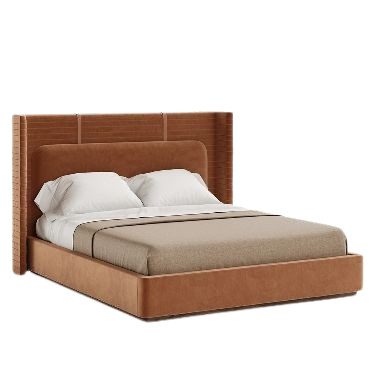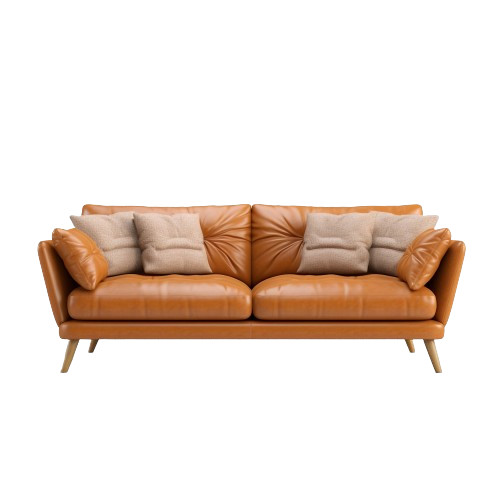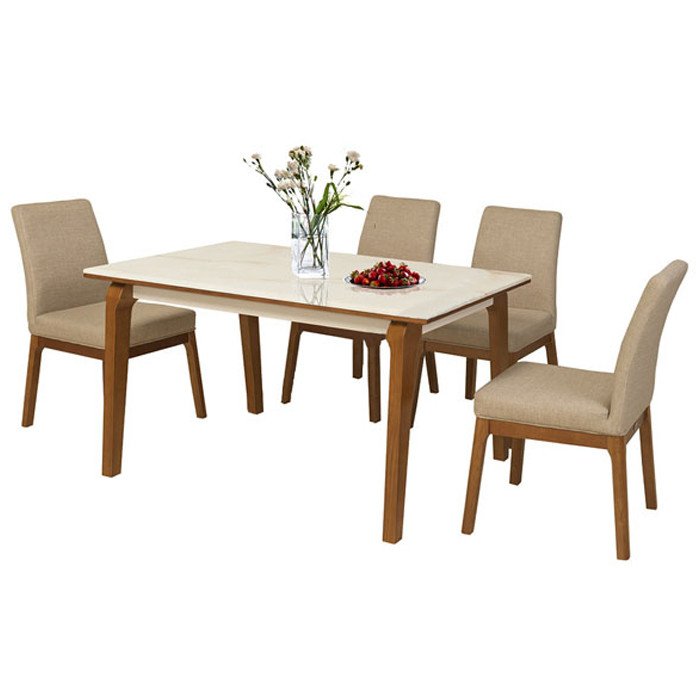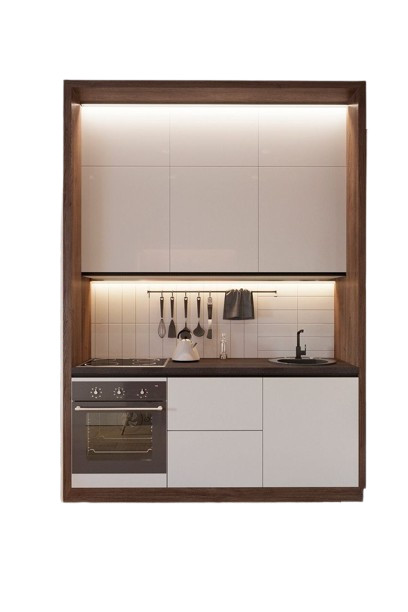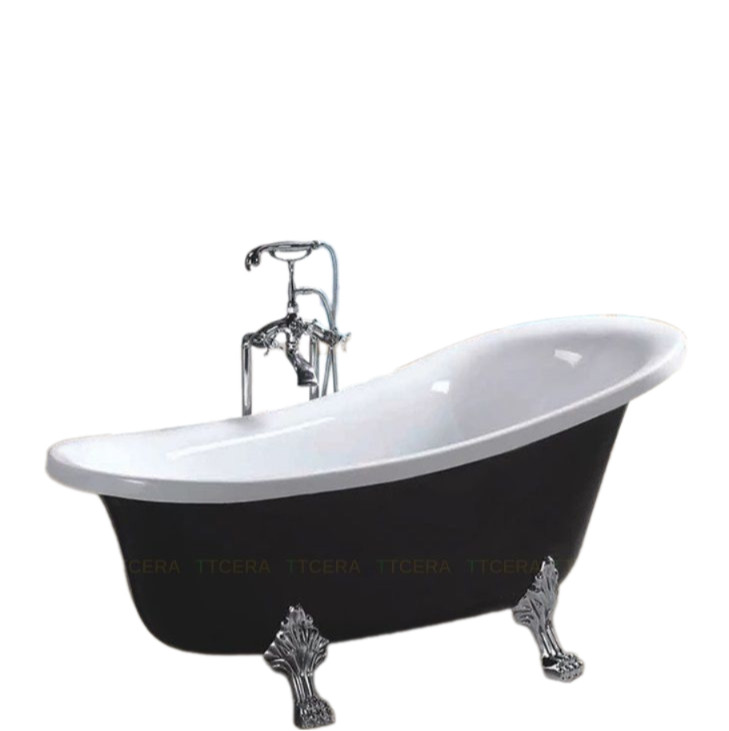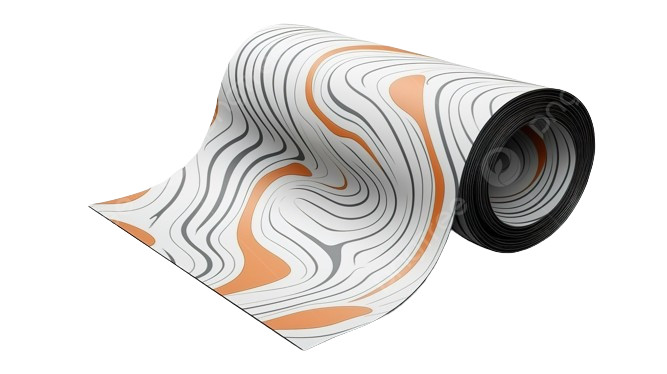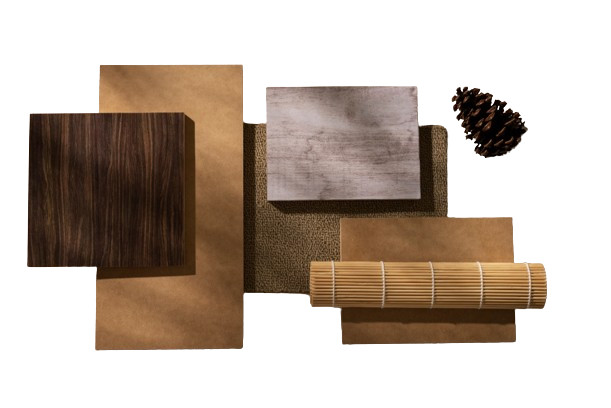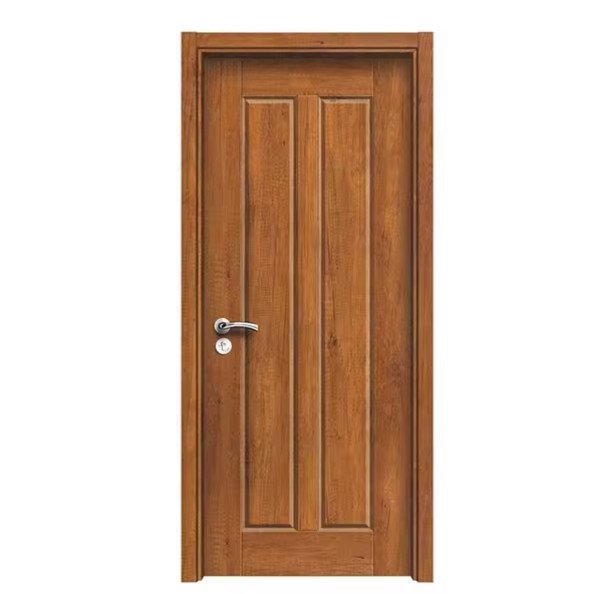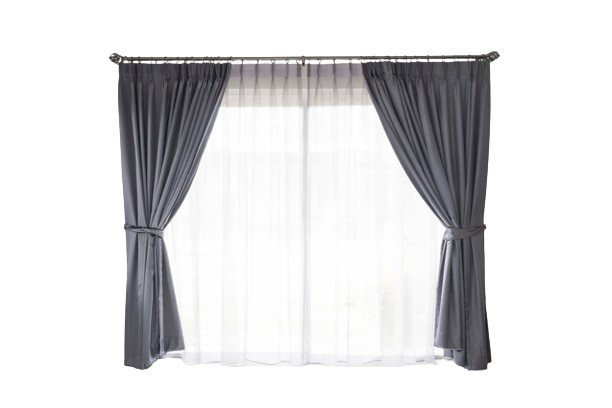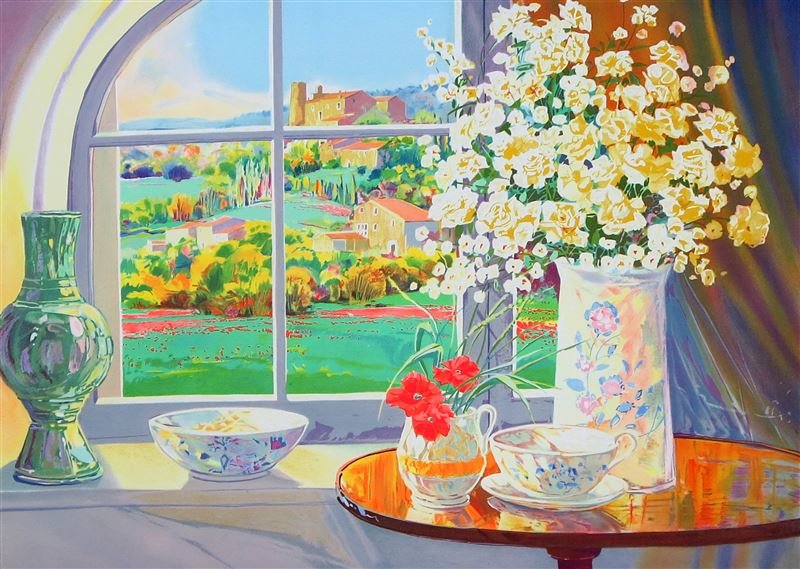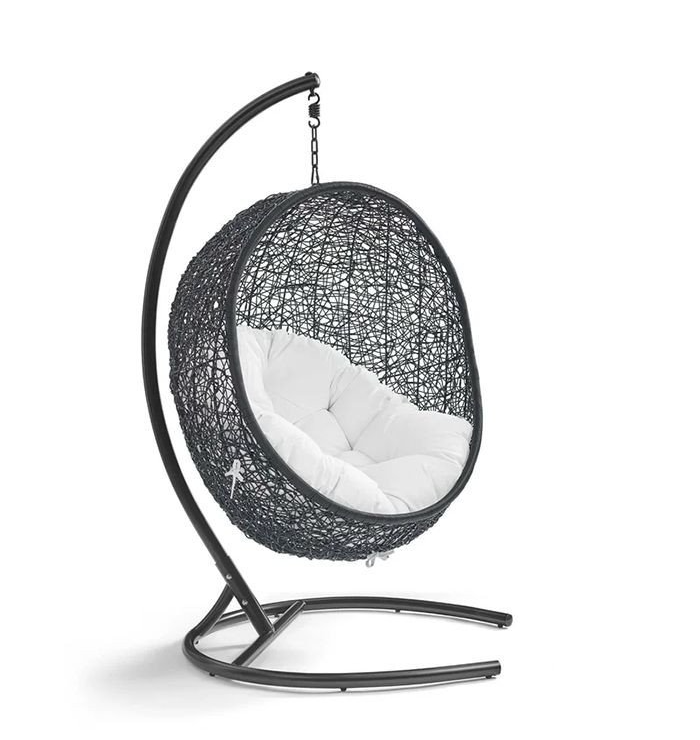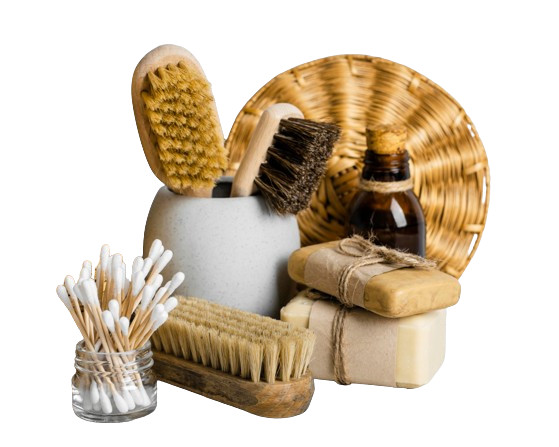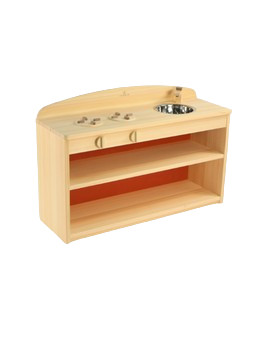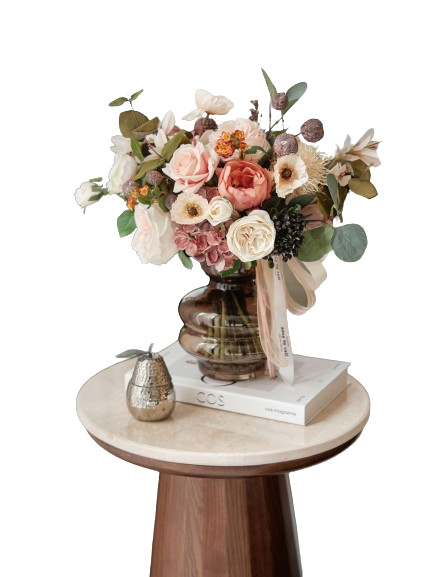CREATIVITY WITHOUT LIMITS
KIMONO DYEING AND TEXTILE ART
The kimono is traditionally made in two ways: dyeing and weaving. Dyed Kimonos are essentially Kimonos with patterns and motifs dyed on white fabric using traditional techniques. This type has the advantage of being easily dyed with a new color when it fades. Meanwhile, woven Kimonos are kimonos with motifs and patterns woven with dyed threads. Because the colors on both sides are the same, this type of Kimono eliminates the need to distinguish between the left and right sides.

1. Popular Kimono dyeing techniques
- Tegaki Yuzen (手描き友禅)


Tegaki Yuzen is a technique of painting patterns by hand on a white canvas that was developed in the early 18th century by an artist named Miyazaki Yuzensai. Patterns drawn with the Tegaki Yuzen technique are distinguished by their diversity, elegance, and sophistication. Tegaki Yuzen is suitable for patterns with thin lines, embroidery stitches, and crochet stitches.
- Bingata (紅型)

Okinawan traditional dyeing technique Bright colors, such as yellow, red, purple, blue, and green, are frequently used in the chosen motifs. Popular motifs include swallows, butterflies, clouds, calamus flowers, roofs, and other elements that reflect the beauty of Okinawan nature.
- Sarasa (更紗)


During the late Muromachi-Edo period, Nam Man ships (Western ocean ships) brought back from Southeast Asia colorful fabrics printed with patterns on cotton fabric. The motifs used are frequently stylized images of flowers, grass, and birds in dark tones such as red, blue, green, black, and yellow.
- Edo Komon (江戸小紋)


An Edo-era technique for printing patterns on fabric with patterned paper. The patterns here are frequently regular and small, and when viewed from a distance, they appear to be plain Kimono.
- Shibori (絞り)


Traditional knotting and dyeing techniques are referred to. Workers frequently tie or sew the fabric with thread and then dye the rest to create white spaces on the fabric. The complexity of the motifs and patterns is determined by the craftsman's inspiration.
- Bokashizome (ぼかし染め)


It is a dyeing technique in which the fabric background changes from dark to light tones. Typically applied to Homongi (visiting kimono), the Nagajuban undergarment, or the inside of the hem.
2. Popular weaving techniques
- Tsumugi (紬)

A technique for weaving motifs and patterns using dyed fibers such as cotton and silk. It is also associated with place names such as Yuki Tsumugi (Yuki city, Ibaraki) and Shiozawa Tsumugi (Shiozawa ward, Niigata), depending on where it is produced.
- Jobu (上布)

It is a high-end fabric made of long and thin hemp fibers. Because hemp absorbs and releases water vapor easily, the fabric does not stick, creating a cool feeling that is ideal for wearing on hot summer days. The most well-known Jobu textiles are Echigo Jobu (Niigata), Noto Jobu (Ishikawa), Omi Jobu (Shiga), and Miyako Jobu (Okinawa).
- Oshima Tsumugi (大島紬) and several others

There are several types of silk-woven kimono, the most well-known of which are Oshima Tsumugi and Kihachijo. The Dorozome (mud dyeing) technique is the most famous of the Oshima Tsumugi weaving techniques that are primarily used in Seto City, Amami Oshima Island, and Kagoshima City (Kagoshima Prefecture). The characteristics of fabrics woven using this technique are meticulous patterns and shiny and strong silk threads.
3. The variety of Kimono patterns
- Plant pattern


Is a collection of flower and leaf images that reflect the vibrant beauty of Japanese nature. Kimono patterns, like traditional dishes, are divided into seasons.
- Animal patterns


Aside from flowers, Japanese people adore small animals like rabbits, butterflies, and owls. The rabbit pattern appeals to young girls due to its cuteness, while the butterfly pattern evokes charm and beauty, and the owl pattern reflects the wearer's personality.
- Object patterns



Diagrammatic patterns include small pieces of paper with wishes written on them (Tansaku), fan blades (Ogi), rice drums (Tsuzumi), and Genjiko (representing a scent-guessing game based on 52 chapter titles in "The Tale of Genji"). familiar object. Furthermore, there are "auspicious patterns" such as the Goshoguruma carriage (a horse carriage for royal nobles, often printed on Furisode and Tomesode shirts for weddings).
- Geometric pattern


Geometric patterns are patterns that are stylized abstractly with straight, folded, and dotted lines. When these patterns are combined, they form strange geometric patterns. Forest leaf patterns, fish scale patterns, turtle shell patterns, checkered patterns, crisscross patterns, knitting patterns, italic letter patterns, eye pattern nets, and so on are all popular geometric patterns.
ADORN MUSEUM
Location: O-1, TM.01, 1st Floor, Orchid 1 Tower, Hado Centrosa Garden No.200 3/2 Street, Ward 12, District 10, Ho Chi Minh City, Viet Nam.
Hotline: (+84) 28 3930 3428
E-mail: support@adornmuseum.com
Operation time:
8:30 - 17:30, Monday - Friday & 8:30 - 12:00, Saturday

